My favourite painting: Tarka Russell
The director of London's Timothy Taylor Gallery enthuses about the connection between Heaven and Earth depicted in this gigantic, colourful work.
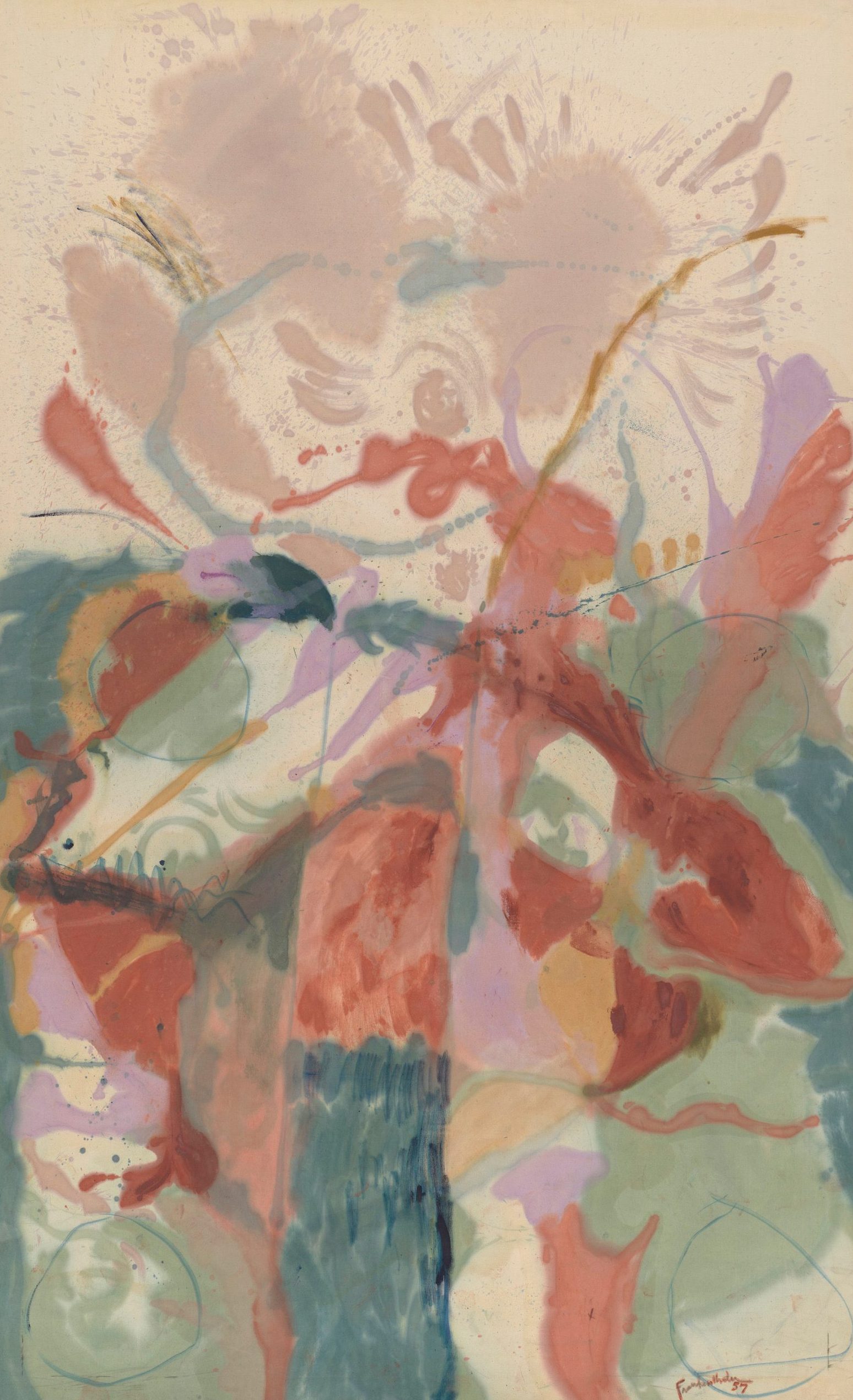

Tarka Russell on Jacob’s Ladder by Helen Frankenthaler
'This work’s reference to the connection between Earth and Heaven is very personal to me. When I look at it, I see the light, perspective and an abundance of colour. I think it references the external world and the connection between humans and God; the ladder is the connection.
'The title of this work refers to the Biblical character Jacob, the son of Isaac and Rebekah. As described in the Book of Genesis, Jacob had a dream in which he saw a ladder reaching towards Heaven. Speaking about this work, Frankenthaler said: “The picture developed (bit by bit while I was working on it) into shapes symbolic of an exuberant figure and ladder, therefore Jacob’s Ladder.'
Tarka Russell is the director of Timothy Taylor Gallery, London W1.
Charlotte Mullins comments on Frankenthaler and Jacob’s Ladder
Imagine the scale of this oil painting: it is more than 9ft tall and nearly 6ft wide. When you stand in front of it at MoMA in New York, it towers over you, filling your eyes with riffs of muted colour. Rising from a cool base of sage, marine blue and forest green, there’s an explosion of mauve and terracotta as the paint seems to arc its way up the canvas until its sky-high finale of dusky pink flicks, drips and pools of colour.
Helen Frankenthaler started to thin her oil paint with turpentine in 1952, allowing it to act like watercolour and seep into the raw canvas, becoming part of the surface rather than sitting on top. Although she was inspired by Jackson Pollock’s exuberant drip paintings and was part of New York’s Abstract Expressionist scene, her works offered a completely different take on colour and form. Her unprimed canvas became an active surface as colours stained, whorled, licked and feathered it, and her unique style led to the development of colour field painting.
Frankenthaler never liked to prescribe meaning. The Biblical title was added because she felt the uplift of the paint suggested a ladder climbing towards Heaven. If anything, she drew her inspiration from the landscape, the way it connected to the sky, its lack of symmetry, its organic growth. ‘My work is not a matter of direct translations, but something is bound to creep into your head or heart.’
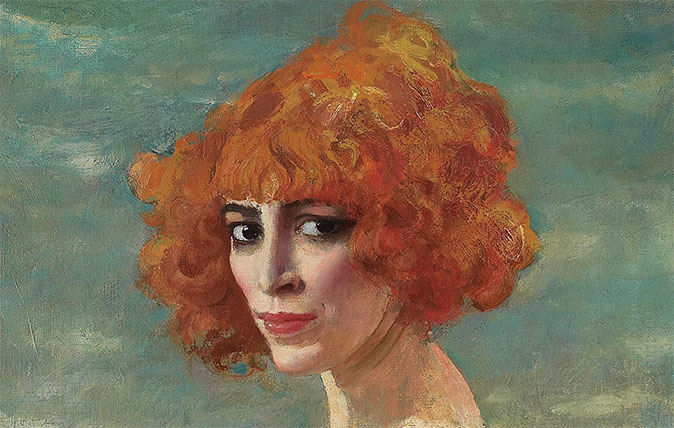
Credit: Bridgeman images
My favourite painting: Joanna Trollope
'It looks to me as if painter and subject were very well matched '
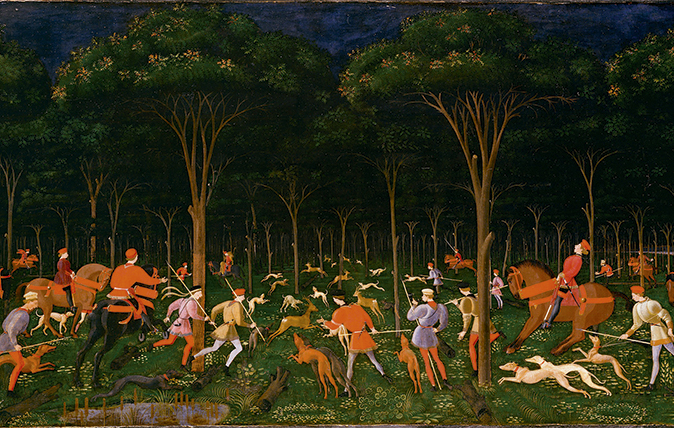
Credit: © Ashmolean Museum
Sign up for the Country Life Newsletter
Exquisite houses, the beauty of Nature, and how to get the most from your life, straight to your inbox.
My favourite painting: Lord Dalmeny
'There is no religious dogma, just entrancing charm, whimsy and Pony Club heroics on display under the dark Narnian canopy'
Country Life is unlike any other magazine: the only glossy weekly on the newsstand and the only magazine that has been guest-edited by HRH The King not once, but twice. It is a celebration of modern rural life and all its diverse joys and pleasures — that was first published in Queen Victoria's Diamond Jubilee year. Our eclectic mixture of witty and informative content — from the most up-to-date property news and commentary and a coveted glimpse inside some of the UK's best houses and gardens, to gardening, the arts and interior design, written by experts in their field — still cannot be found in print or online, anywhere else.
-
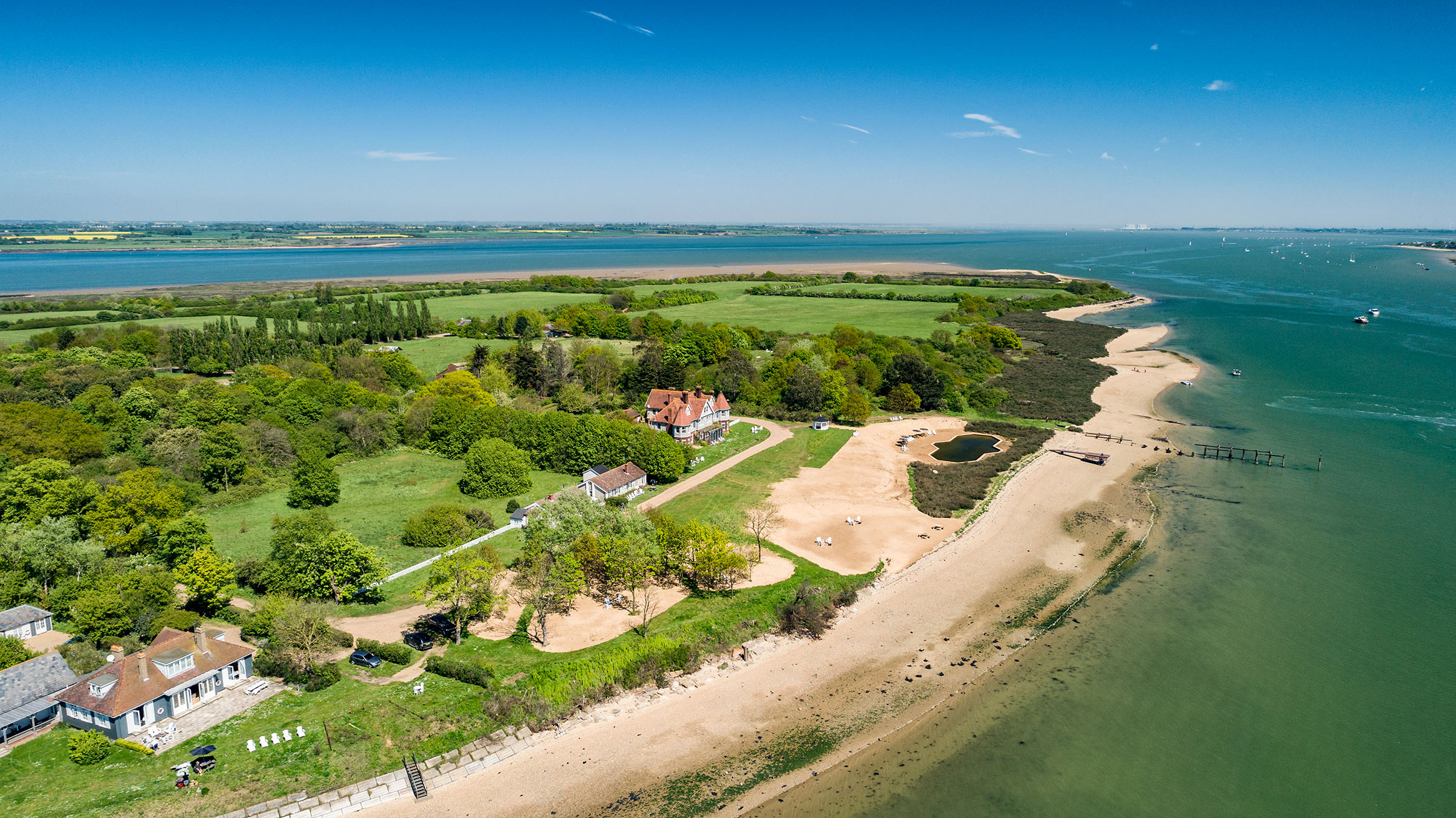 380 acres and 90 bedrooms on the £25m private island being sold by one of Britain's top music producers
380 acres and 90 bedrooms on the £25m private island being sold by one of Britain's top music producersStormzy, Rihanna and the Rolling Stones are just a part of the story at Osea Island, a dot on the map in the seas off Essex.
By Lotte Brundle
-
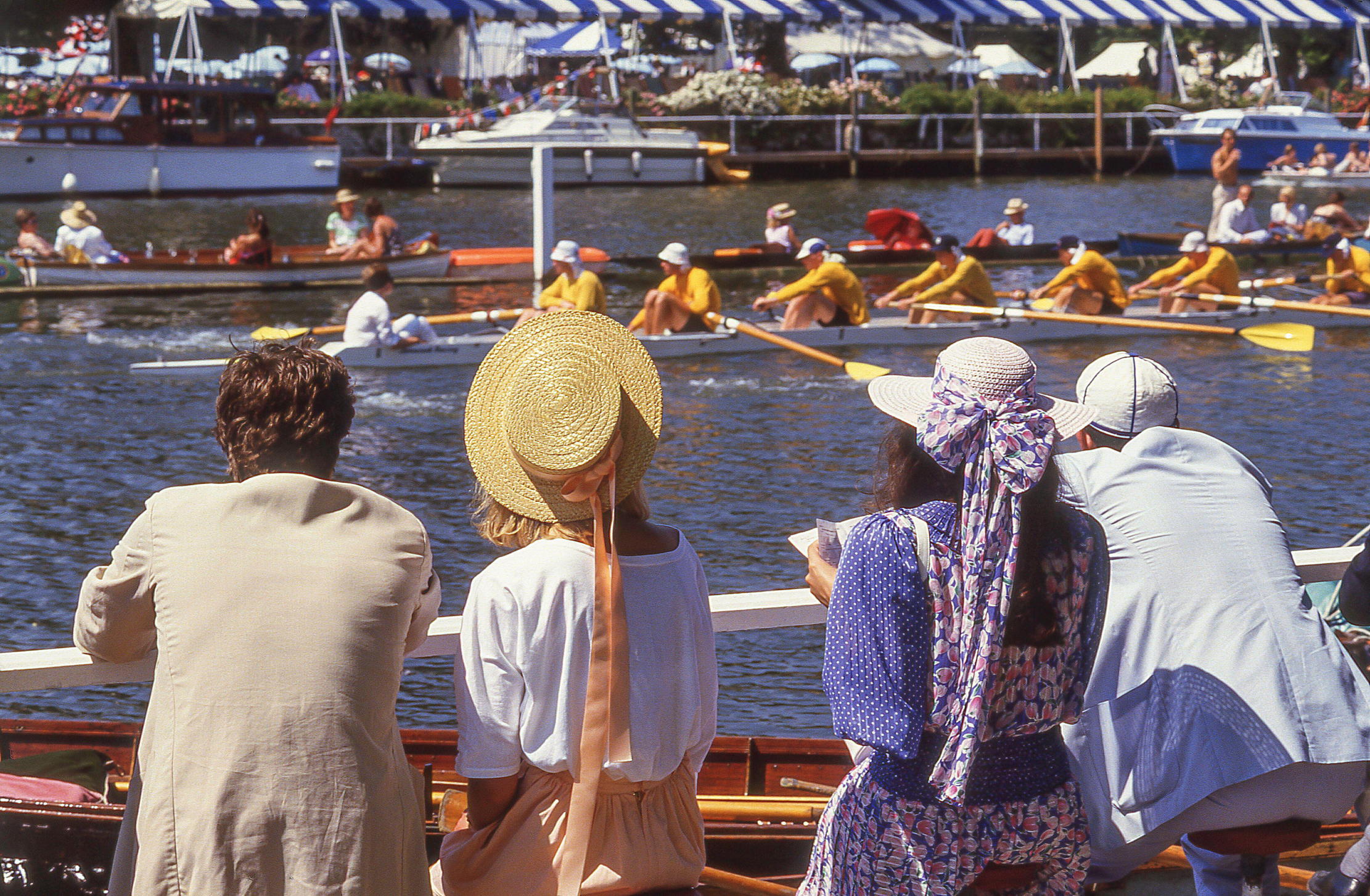 'A delicious chance to step back in time and bask in the best of Britain': An insider's guide to The Season
'A delicious chance to step back in time and bask in the best of Britain': An insider's guide to The SeasonHere's how to navigate this summer's top events in style, from those who know best.
By Madeleine Silver
-
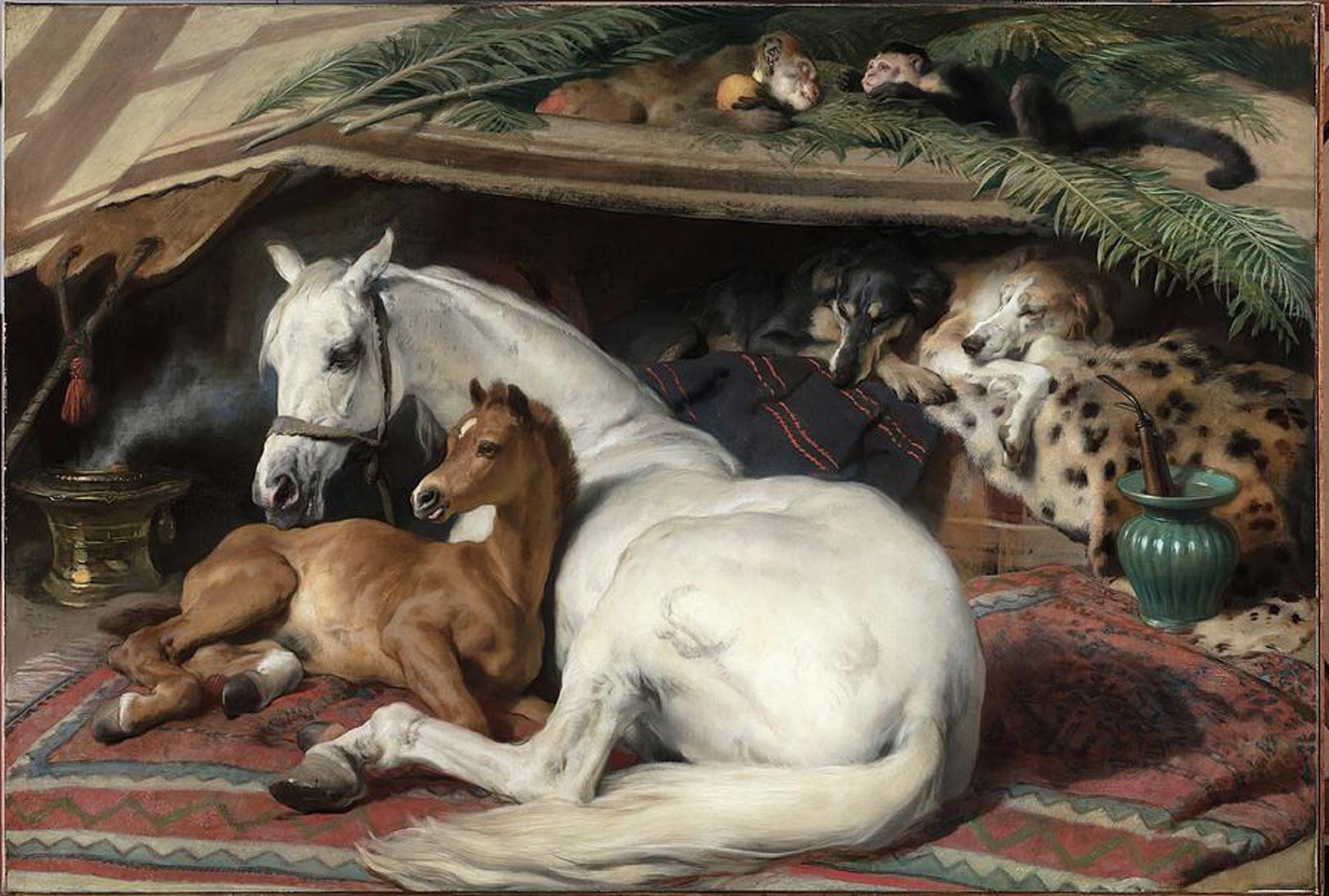 'As a child I wanted to snuggle up with the dogs and be part of it': Alexia Robinson chooses her favourite painting
'As a child I wanted to snuggle up with the dogs and be part of it': Alexia Robinson chooses her favourite paintingAlexia Robinson, founder of Love British Food, chooses an Edwin Landseer classic.
By Charlotte Mullins
-
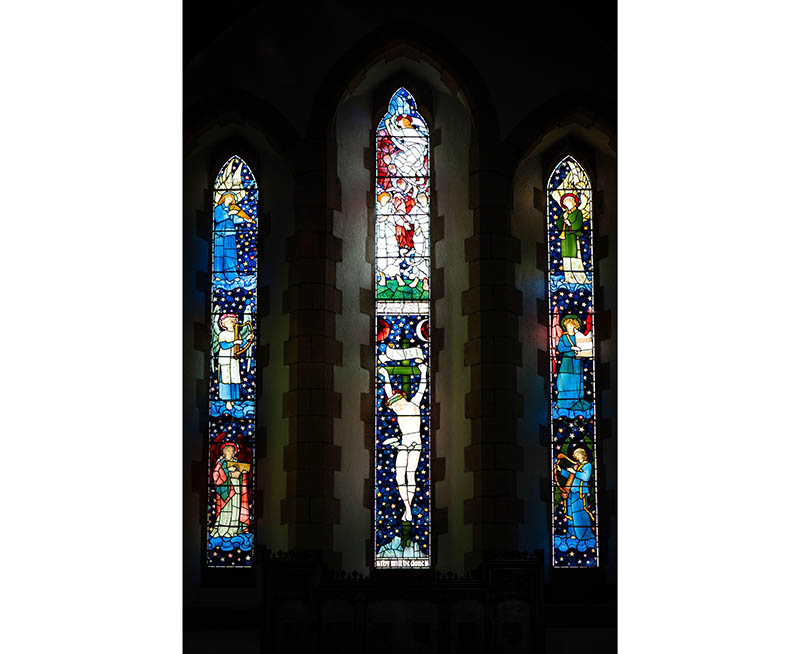 The Pre-Raphaelite painter who swapped 'willowy, nubile women' for stained glass — and created some of the best examples in Britain
The Pre-Raphaelite painter who swapped 'willowy, nubile women' for stained glass — and created some of the best examples in BritainThe painter Edward Burne-Jones turned from paint to glass for much of his career. James Hughes, director of the Victorian Society, chooses a glass masterpiece by Burne-Jones as his favourite 'painting'.
By Charlotte Mullins
-
 'I can’t look away. I’m captivated': The painter who takes years over each portrait, with the only guarantee being that it won't look like the subject
'I can’t look away. I’m captivated': The painter who takes years over each portrait, with the only guarantee being that it won't look like the subjectFor Country Life's My Favourite Painting slot, the writer Emily Howes chooses a work by a daring and challenging artist: Frank Auerbach.
By Toby Keel
-
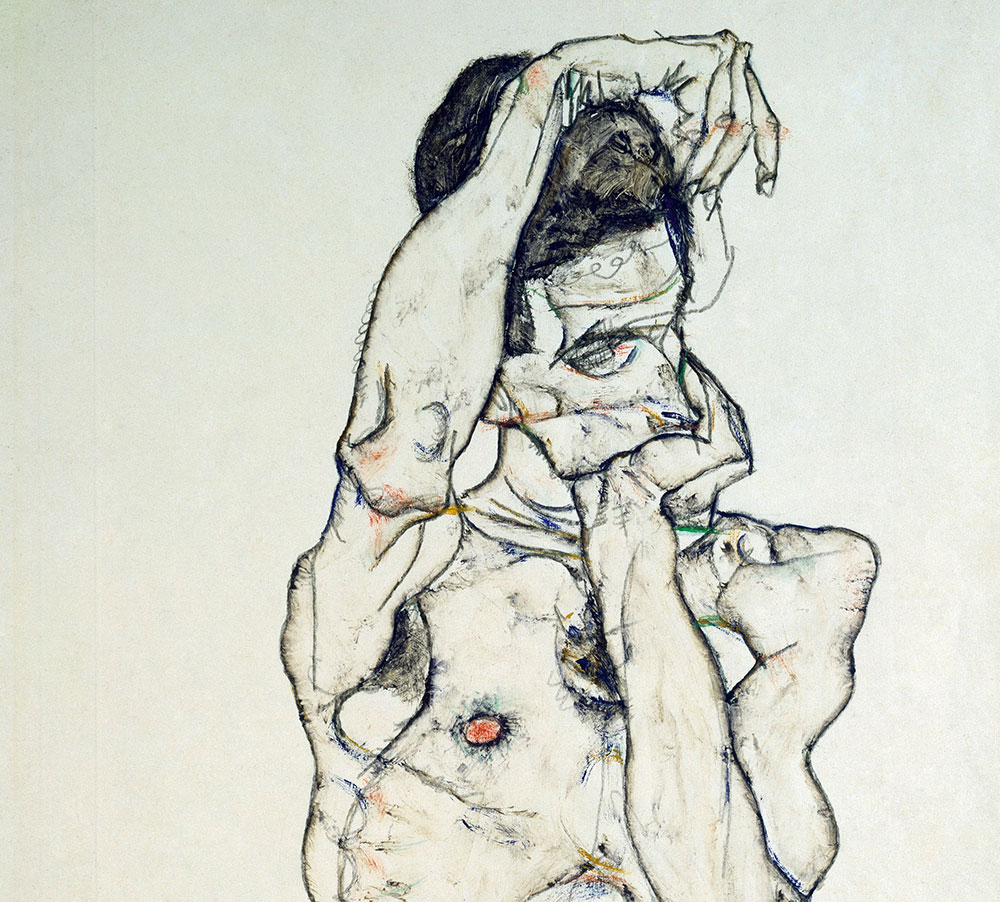 My Favourite Painting: Rob Houchen
My Favourite Painting: Rob HouchenThe actor Rob Houchen chooses a bold and challenging Egon Schiele work.
By Charlotte Mullins
-
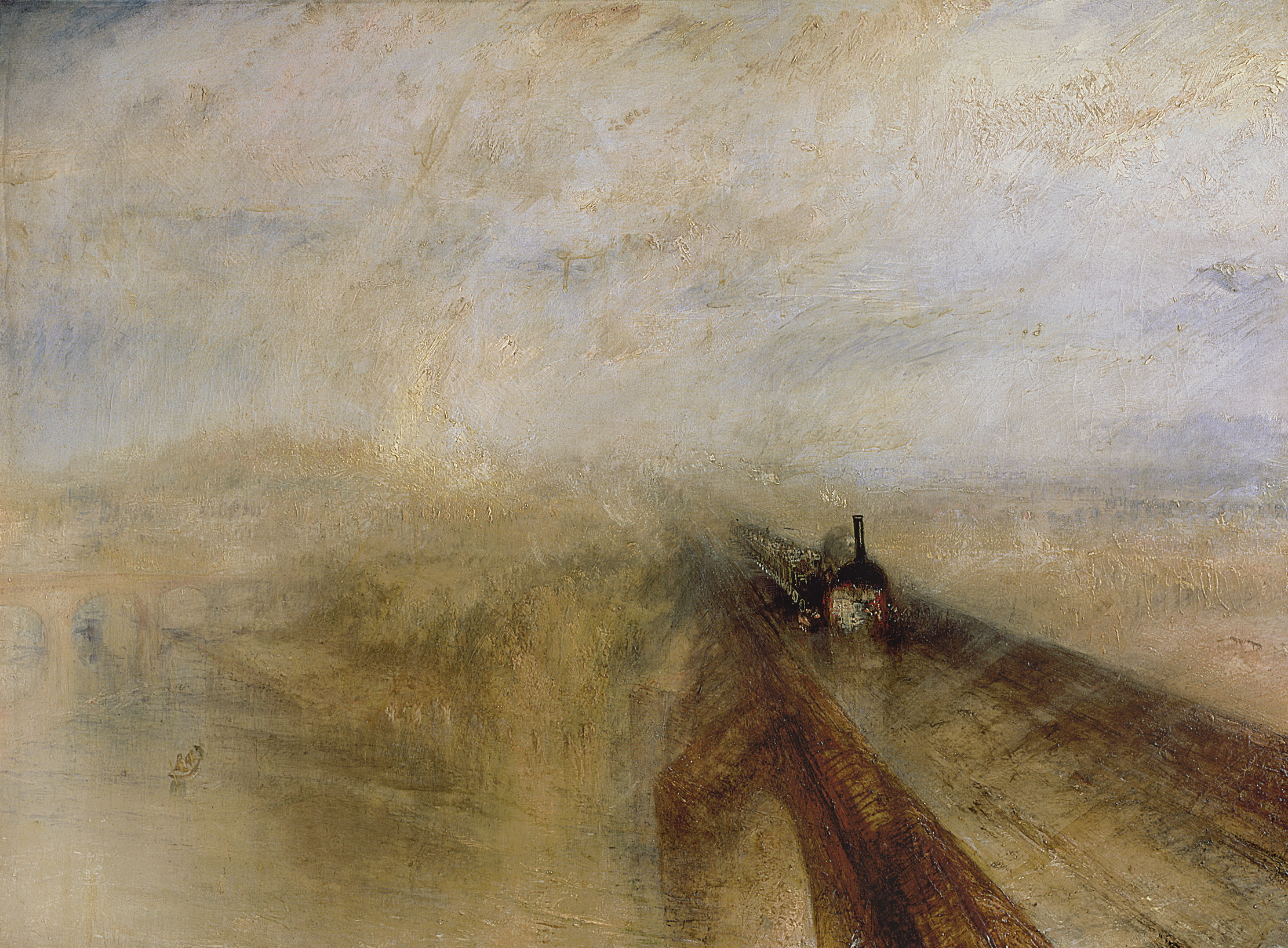 My Favourite Painting: Jeremy Clarkson
My Favourite Painting: Jeremy Clarkson'That's why this is my favourite painting. Because it invites you to imagine'
By Charlotte Mullins
-
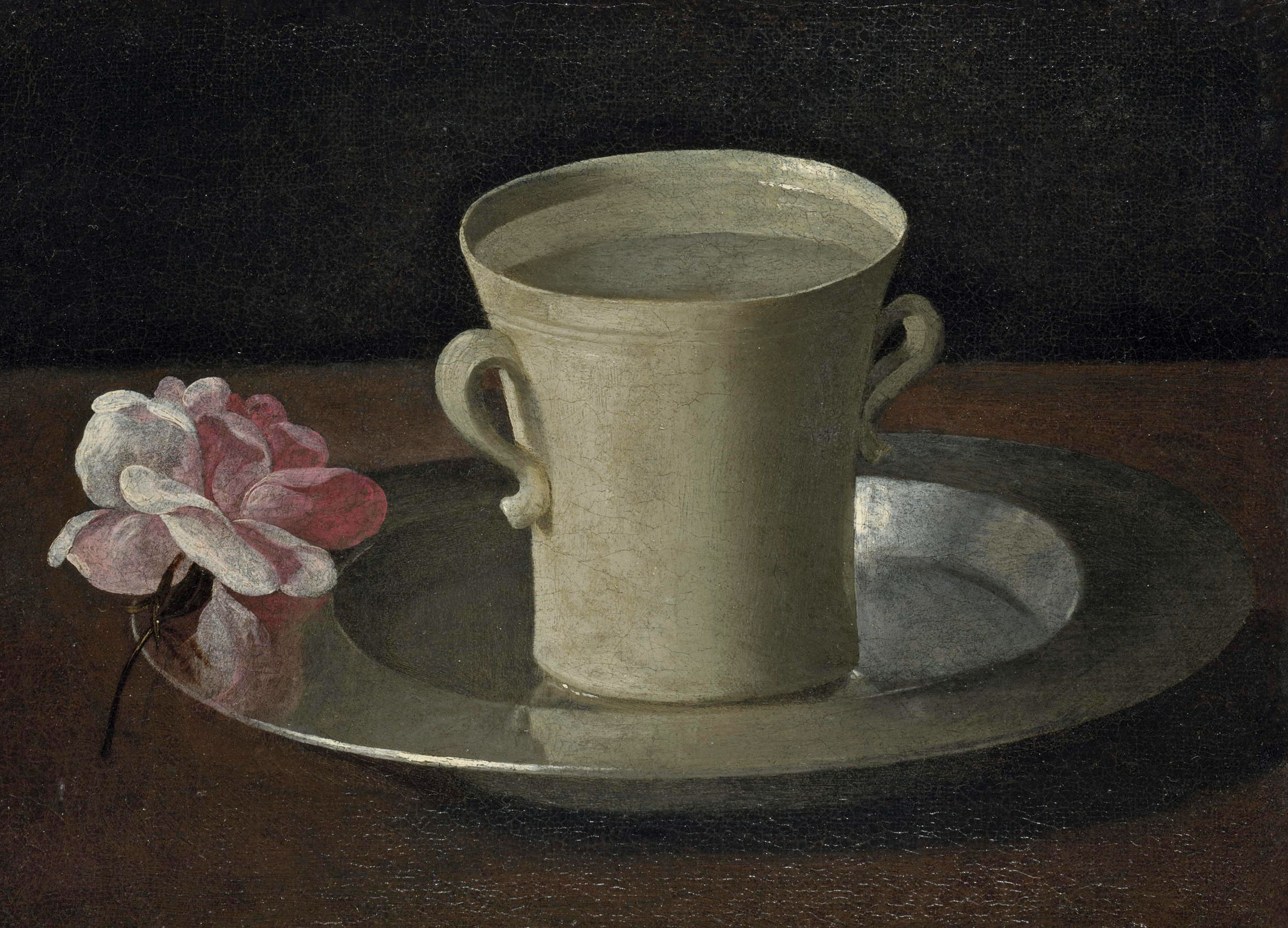 The chair of the National Gallery names his favourite from among the 2,300 masterpieces — and it will come as a bit of a shock
The chair of the National Gallery names his favourite from among the 2,300 masterpieces — and it will come as a bit of a shockAs the National Gallery turns 200, the chair of its board of trustees, John Booth, chooses his favourite painting.
By Toby Keel
-
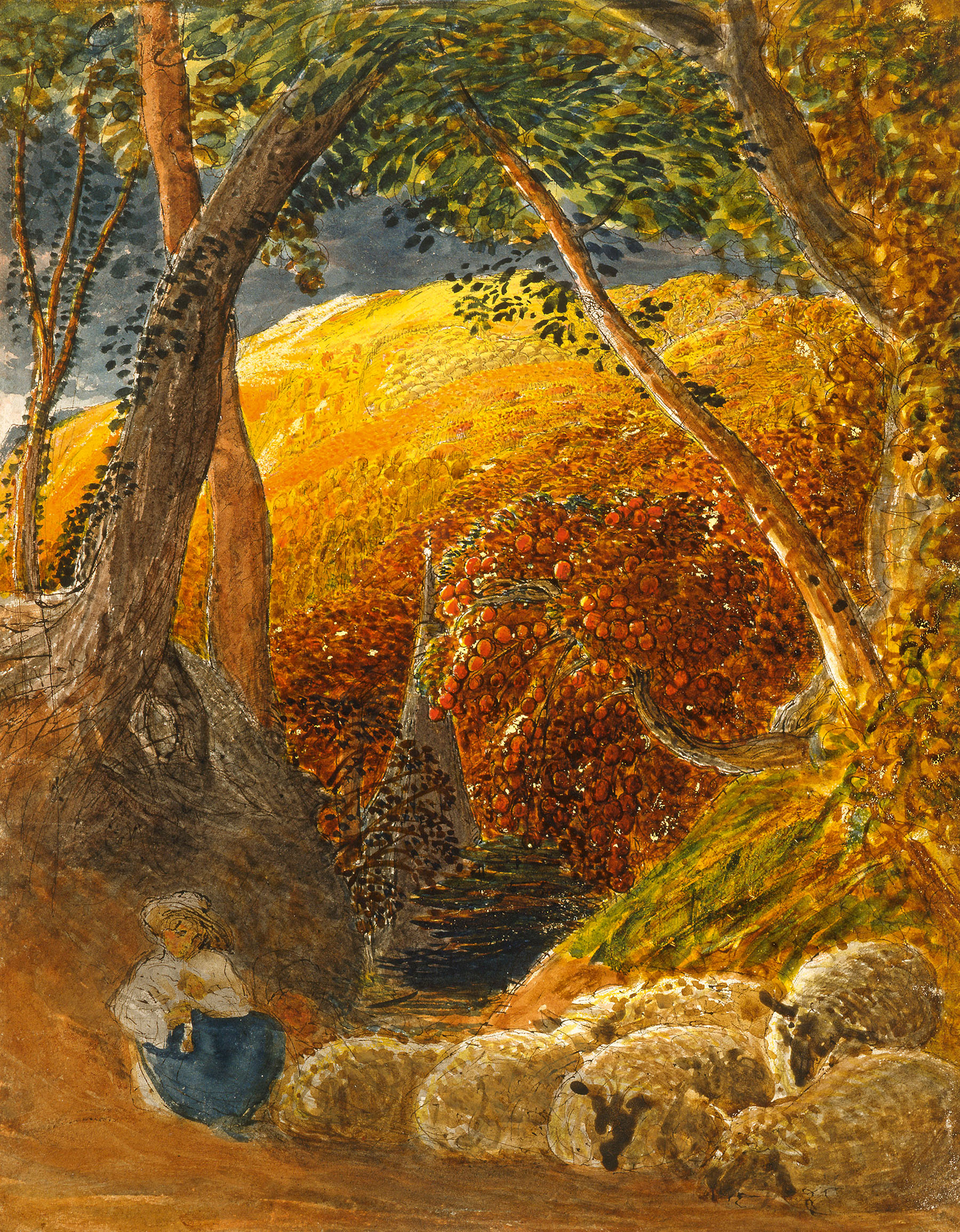 'A wonderful reminder of what the countryside could and should be': The 200-year-old watercolour of a world fast disappearing
'A wonderful reminder of what the countryside could and should be': The 200-year-old watercolour of a world fast disappearingChristopher Price of the Rare Breed Survival Trust on the bucolic beauty of The Magic Apple Tree by Samuel Palmer, which he nominates as his favourite painting.
By Charlotte Mullins
-
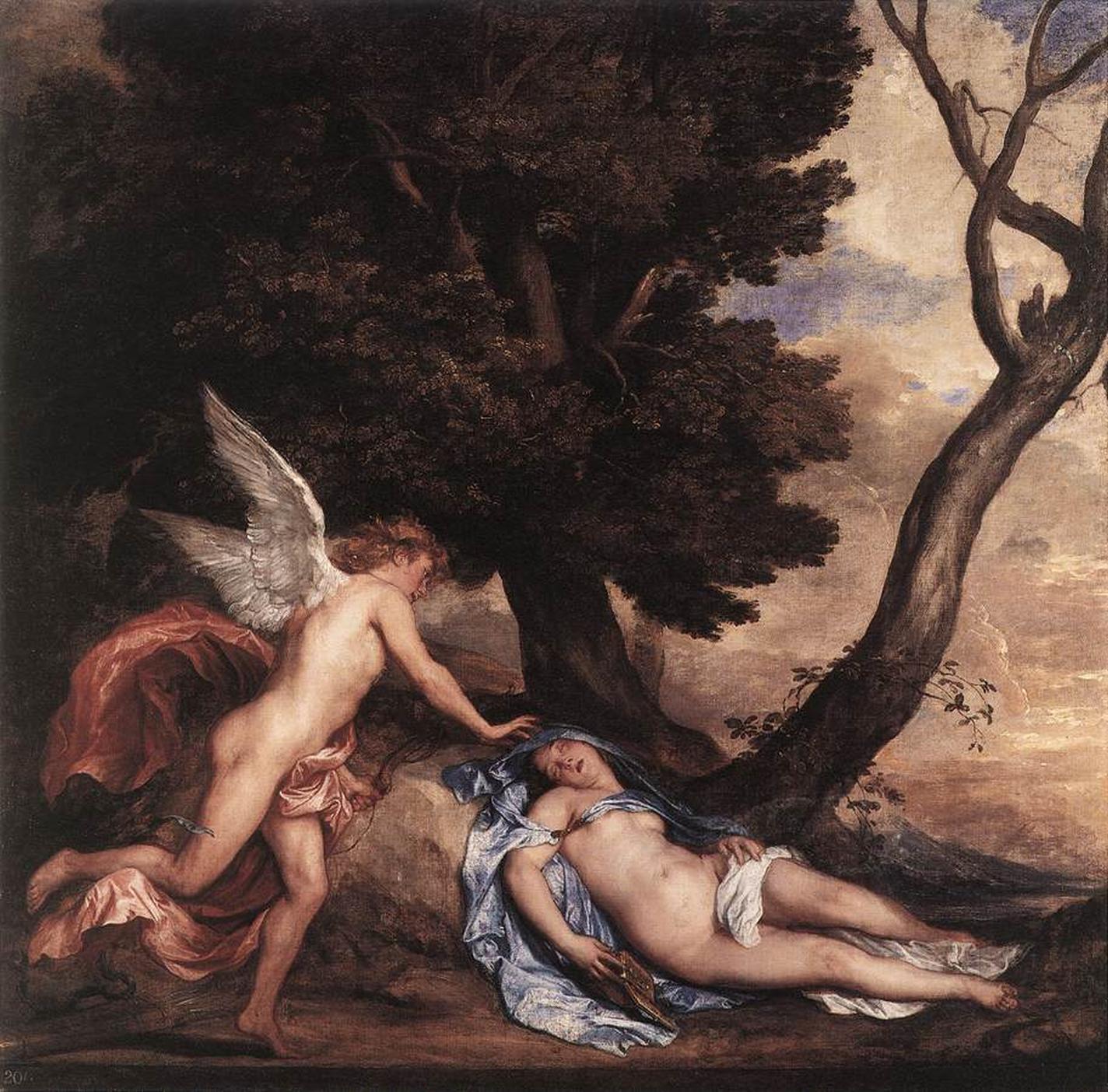 My favourite painting: Andrew Graham-Dixon
My favourite painting: Andrew Graham-Dixon'Lesson Number One: it’s the pictures that baffle and tantalise you that stay in the mind forever .'
By Country Life